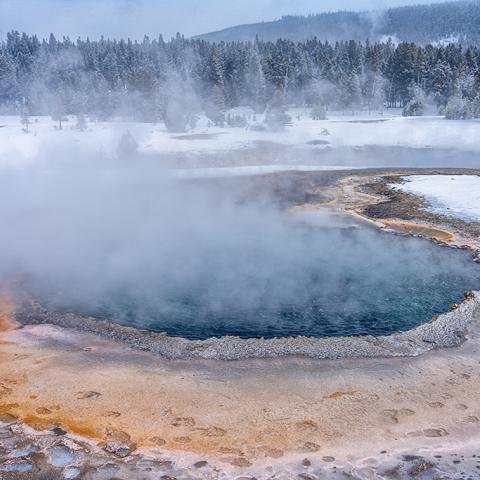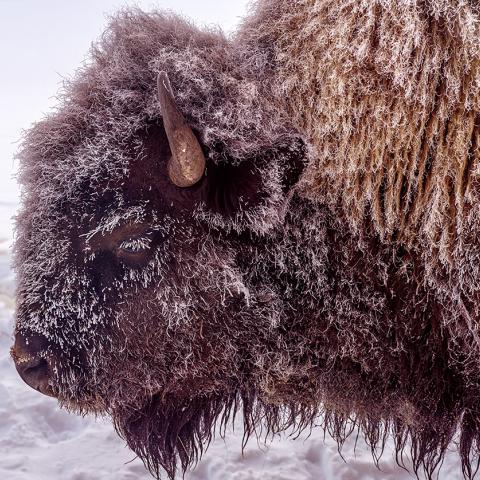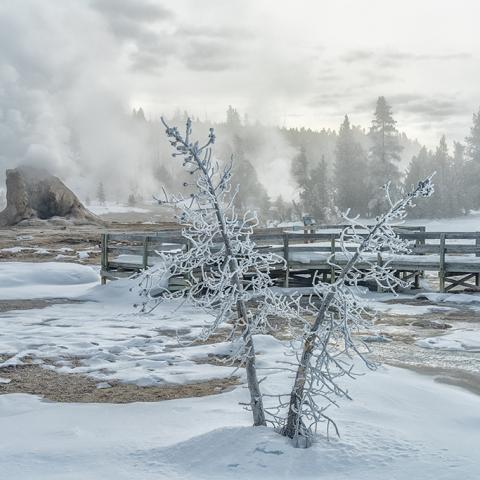Entering Porcelain Basin, Yellowstone National Park

During the winter, all roads are closed to personal vehicles, except for the road between the north and northeast entrances. To see the wonders of such places as Porcelain Basin, visitors to the park can reserve a seat on a snowcoach or snowmobile tour.
- By Rebecca Latson - March 23rd, 2022 4:00am














